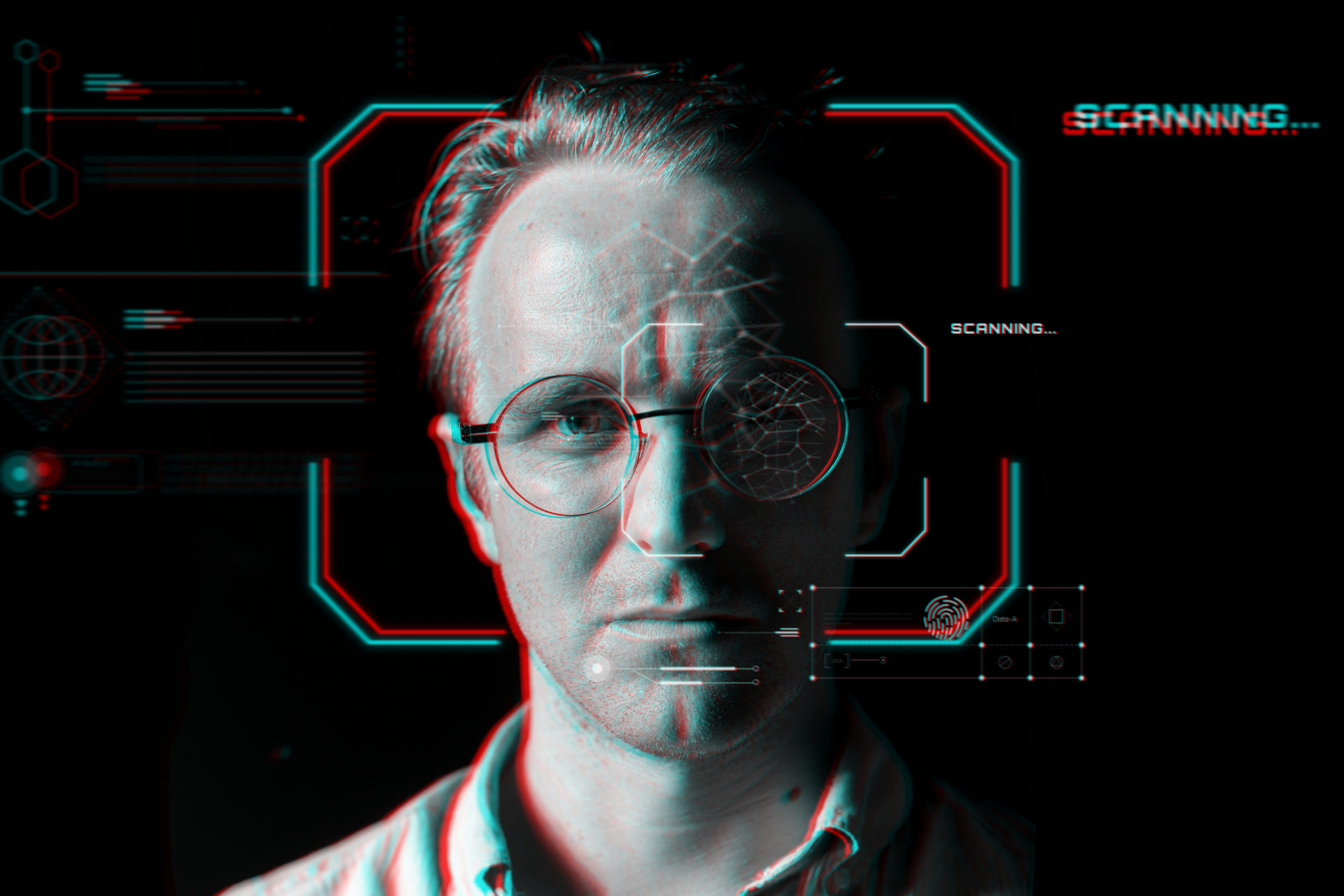Scroll through social media today, and it’s clear that we’re constantly bombarded with images and videos – but can we trust what we see?
According to ExpressVPN, we can’t always trust what we see. With the rise of deepfakes, it’s becoming increasingly difficult to discern what is real and what is not. What are deepfakes? What concerns do deepfakes raise? And what can we do to stay vigilant in the era of deepfakes? Read on as we answer these questions.
What are deepfakes?
Deepfakes are synthetic media created by AI using techniques such as machine learning and neural networks. They can be used to manipulate images and even videos, creating realistic-looking content that is actually entirely fake.
If you think you’ve never come across a deepfake, think again. Is the Pope wearing a white puffer jacket? Is Vladimir Putin kissing President Xi? These viral images go to show the ways in which deepfakes can manipulate the truth.
But what can deepfake do? Isn’t it just an image? Well, deepfakes and their ability to blur the line between what’s real and not have far-reaching consequences.
What’s the big deal?
According to the blog post, one of the most significant concerns with deepfakes is their potential to spread misinformation. They can be used to create fake news stories or to manipulate public opinion on important issues. For example, a deepfake video could be created to show a politician saying or doing something they never actually did. The ramifications of this are immense, as it could lead to the spread of false information and undermine the democratic process.
Deepfakes can also be used for harassment or blackmail. An individual’s face could be superimposed onto someone else’s body, making it appear as if they were involved in something they never actually were. This could lead to significant reputational damage and even legal repercussions.
That’s a big deal.
What can I do to protect myself and my loved ones?
We’ve already established that as the use of deepfakes becomes more widespread, it’s becoming increasingly difficult to tell what is real and what is not.
Building on the blog post’s insights on how to spot a deepfake, here’s what you can do to mitigate the impact of deepfakes:
- Deepfakes often originate from unverified sources, so it’s important to take extra care when evaluating the authenticity of the content. Always verify the source of the content. When you find out what the content is from, check that the website or media platform has a good reputation and not one known to spread #fakenews.
- Many social media platforms use machine learning algorithms to detect deepfakes and other forms of digital manipulation. Makes use of these deepfake detection tools to stay ahead.
- Education is key. Always stay informed about the latest deepfake trends and developments. Keep up to date with the latest research and news on the subject!
- Once you know your stuff, educate others about the risks of deepfakes. Share useful insights on social media, and discuss the difficult topic with them.
- Finally, if you encounter a deepfake, report it to the relevant authorities or social media platforms. Doing so can help prevent them from spreading and reduce their impact on society.
Conclusion
With its potential to spread misinformation and manipulate public opinion, the rise of deepfakes is a deeply troubling concern in our modern society. Instead of being passive recipients of the content we consume, we must take active steps to stay vigilant and mitigate the impact of deepfakes.
By verifying the source of content, using deepfake detection tools, staying informed, and educating others, we can protect ourselves and our loved ones from the harmful effects of deepfakes. Additionally, reporting deepfakes to relevant authorities or social media platforms can help prevent their spread and reduce their impact on society. It’s important to remember that in the era of deepfakes, staying sharp and cautious is crucial for our safety and well-being.






